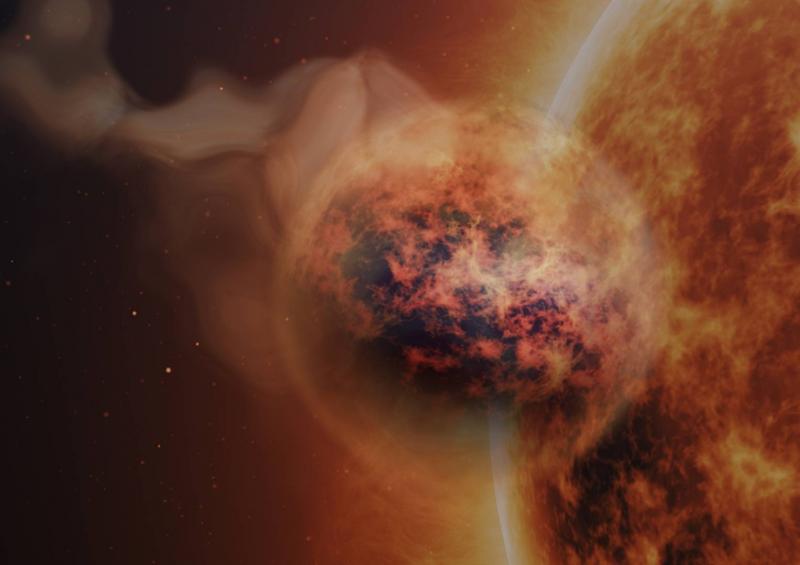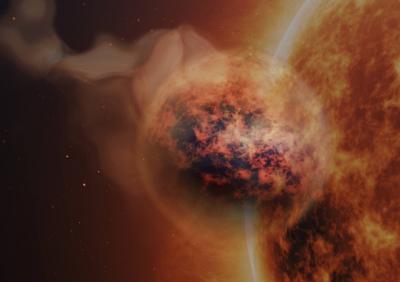NASA's James Webb Space Telescope has revealed, through groundbreaking observations, a planet where sand falls like rain. The planet Wasp-107b is located 200 light-years away in the Virgo constellation and has already caught astronomers' attention due to its large but lightweight nature. The latest observations provide an unprecedented glimpse into this strange world outside our solar system, characterized by silicate clouds, scorching temperatures, fierce winds, and the distinctive burnt smell of sulfur dioxide.
The James Webb Telescope takes light measurements from its host star to the next level by measuring starlight filtered through the planet's atmosphere. Since different elements absorb different wavelengths of light, the spectrum of starlight indicates the gases present. Wasp-107b resembles a Neptune-like mass but is closer in size to Jupiter, and its extensive and dispersed nature allows the James Webb Telescope to delve into its atmosphere.
Recent observations, published in the journal Nature, reveal evidence of water vapor and sulfur dioxide. This marks the first time the chemical composition of clouds on another planet has been identified—in this case, silicate sand.
The planet's atmosphere contains something akin to a water cycle on Earth, but instead involves a cycle of sand between solid and gas states. From the hottest levels in the atmosphere, with temperatures nearing 1000 degrees Celsius, silicate vapor rises, cools, and forms tiny sand grains that are too small to be seen. Eventually, the clouds of sandy dust will become dense enough to start raining back down into the lower layers of the atmosphere.
It is worth mentioning that the main goal of the James Webb Space Telescope is to analyze the atmospheres of distant planets and search for biosignature gases that could indicate the presence of life. However, Wasp-107b is not a potential candidate due to its climate and lack of a solid surface.




